| Author | Message | ||
| ed_zeppelin
Advanced Member Username: ed_zeppelin Post Number: 300 Registered: 2-2010 |
Say what? Yeah, I know. A little odd for this sacred space, but not really. Alembic is the most innovative musical instrument maker on earth, especially when it comes to those "never duplicated" features:  Anchor the strings in a block of brass (and that's just the visible component, considering the supporting infrastructure of sustain blocks and lams). Shaped like a bird, of course. Slotted, for easy string changing. And that Leonardo Da Vinci-level marvel of engineering: the Alembic bridge. "Perfection" is subjective, but that bad boy gets my vote. It does precisely what it's supposed to do, to perfection. And it's absolutely unique. I'm fascinated with the progression of innovations, especially when it comes to the evolvement of something to its highest form. Like the Alembic bridge. Here is a 1933 Vivi-Tone electric guitar, the great grandpappy of our electric guitars. It has features so wildly ahead of their time that nobody has even come close to duplicating them. I consider it a relic of a mind like Tesla, Da Vinci and Beethoven all rolled into one. 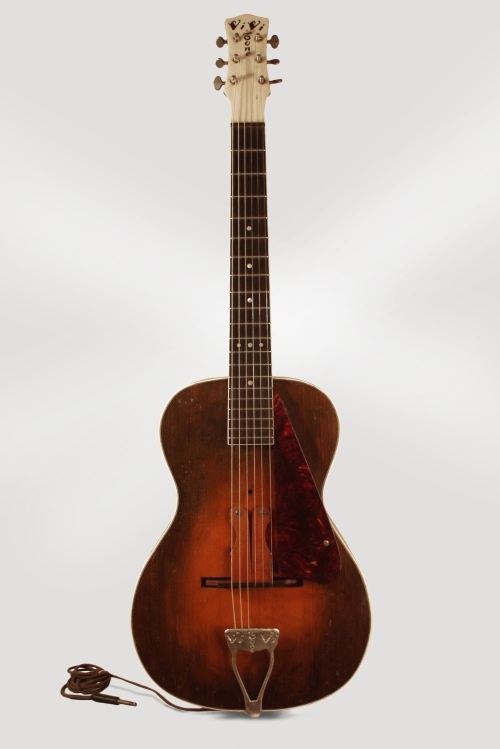 The key word is "electric." To put that in perspective, the amp that came with this guitar was battery powered, because they didn't have AC power in most of the country! 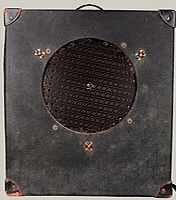 Lloyd Loar also thought it was cool to be able to rock out anywhere you wanted to, of course. Consider for a moment that it was nearly half a century before another comparable amp came along:  To put the era in our perspective, imagine if electricity had been invented around 1985. 95% of the country is unpaved. Tone controls don't exist yet. And the Great Depression started in 2012. The guitar has such unique features as a sliding drawer for the electronics, built into the upper bout: 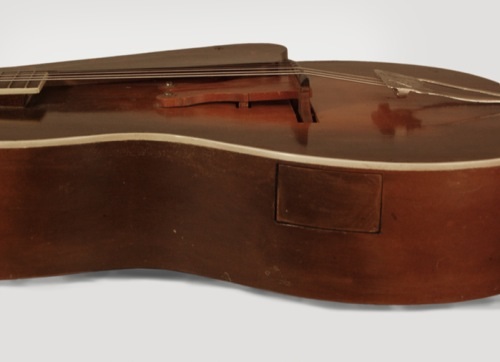 Starfire, anybody? Wouldn't that be easier than squeezing it all in through f-holes? I've never seen it on any other guitar, yet it's such a simple, effective solution. It's most unique feature is the bridge, which allows the player to manually select "full electric," "full acoustic" or anywhere in between. You're not actually looking at the soundboard, by the way. That is on the back of the guitar. To quote the seller;
The bridge on this particular Vivi-Tone (serial #215) is different than any other that I've ever seen. For comparison, here is #300 from the same year, at the National Musical Instrument Museum: 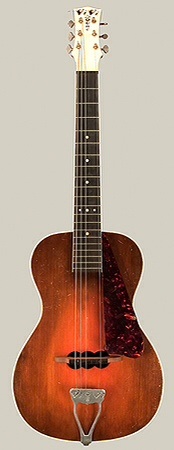
Loar only worked at Gibson for five years. At some point in 1924, Gibson records show that he made the first solidbody electric guitar in history, fitted with an electrostatic pickup. A full ten years before the Rickenbacker "frying pan" lap steel. Unfortunately, that guitar has never turned up (yet) and no pictures of it exist. Loar's successor at Gibson, Guy Hart, patented a pickup system heavily influenced (some would say stolen) from the Vivi-Tone pickup, here on the EH-150 electric Hawaiian guitar: 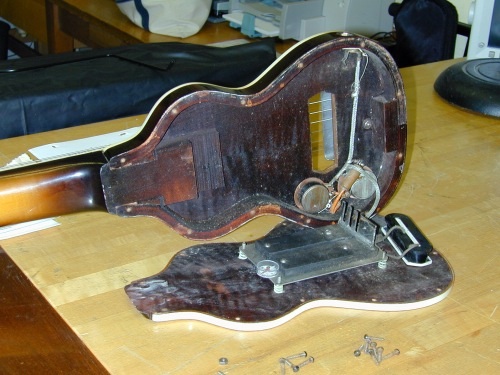 Note the coil has been detached for the photo. The next step in innovation was instead of sliding the coil over the metal stanchion attached to the magnetic plate, the coil was wound around a magnet! That was the iconic "Charlie Christian pickup. Here is the one from Hank Garland's '55 Gibson Byrdland 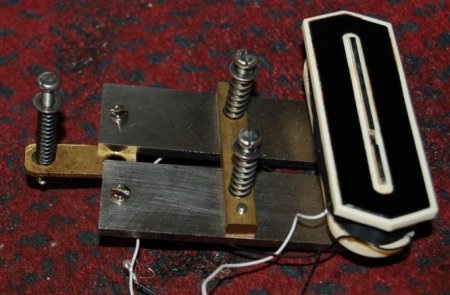 Lloyd Loar was a genius who went to work for Gibson shortly after the corporation that bought Orville Gibson's surname ditched every single one of his innovations (hollow neck, back and sides carved from a single piece of wood, carved top etc.) and introduced a turn-of-the-century form of group sex known as the "mandolin orchestra." (SFW) 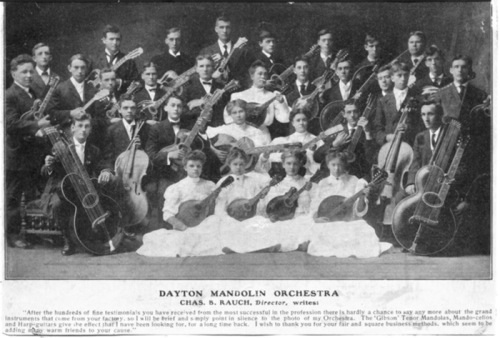 Mandolin orchestras (<-Wikipedia) were a cultural phenomena that evolved from banjo orchestras. Slaves had invented banjos, which exploded in popularity after the Civil War. Newly-arrived Italian immigrants introduced the mandolin to banjo orchestras and it grew from there. There were tens of thousands of mandolin orchestras all over the world. Every town in America had at least one, in the days before radio, movies or other forms of mass entertainment. The "Mastertone" and "L" series instruments Loar created are still in production nearly a century later, and the originals are some of the most expensive and beloved instruments ever made. The "holy grail" of Loar-signed instruments is the Gibson F5 "Fern" mandolin, of which fewer than twenty are known to exist. One recently sold for a quarter of a million dollars. Every mandolin part recorded by Led Zeppelin was performed on the Loar-signed 1924 F5 Fern owned by John Paul Jones. I found this nifty transcript from an "Antiques Roadshow" appraisal for a 1924 Gibson F5 mandolin that says more about Lloyd Loar eloquently than I could possibly write more better:
As for the price of this 1933 Vivi-Tone, I like to think of Alan Watts advice: "you walk into a grocery store with money, and you leave with wealth." Whoever owns that guitar will be wealthy indeed. It's a piece of music history. I would if I could. I'd paint it with black house paint. | ||
| edwardofhuncote
Senior Member Username: edwardofhuncote Post Number: 892 Registered: 6-2014 |
Guy was quite an innovator to be sure... not every one of his ideas worked too well, but that's just how it goes when you're in uncharted waters. That F-5 thingy turned out to be a homerun, but wasn't recognized for another 50 years. Now everybody tries to make them to Loar specs. Lloyd Loar signed Gibson mandolins are quite literally modern-day Stradivari. I've played about a dozen of the 200-some out there, and I promise you, it's not just hype... they are incredible. Perfect marriage of art and physics. One of these days I'll do an illustrated post on another Lloyd Loar invention, one that wasn't quite a complete failure, but ultimately may have cost him his job - the "ball-bearing" banjo. My Dad (and me by extension) is just nuts about them, but they were only made for 2-1/2 years. They're probably the *least* sought after of all pre-war Gibson banjos today. Of course we had to have one. | ||
| ed_zeppelin
Advanced Member Username: ed_zeppelin Post Number: 301 Registered: 2-2010 |
Gruhn has a Loar-signed 1924 F5 Fern for sale, a good opportunity to see lots of glistening closeups. If you don't feel like shelling out $180,000 for a mandolin, they have an empty case for one for only $10,000. (Cases are tuned to a dropped D, in case you were wondering.) 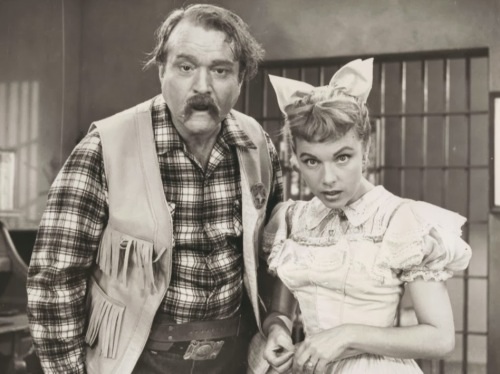 In keeping with the theme of Loar's pioneering innovations in electric instruments, though, probably the most overlooked factor today was his incredible fame as a performer. He was world famous in his day, playing to sold-out houses all over the globe. The US government sent him to Europe during World War I to entertain the troops, making him the earliest "USO" performer. According to Roger Siminoff's excellent biography of Lloyd Loar, while there he studied at the National Conservatory of Music and the National Institute of Radio Engineering, both in Paris. (Less than twenty years after Marconi invented radio, it should be noted.) Here is his version of a Leslie cabinet: 
Here's the world's first electric piano, The Vivi-Tone Clavier: 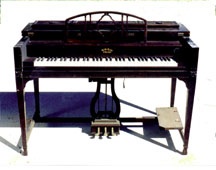 It was donated by Siminoff to the National Musical Instrument Museum (great detailed description). Briefly, it used tone bars instead of strings (like the Fender Rhodes and Wurlitzer electric pianos - think: Supertramp) sticky pads and electrostatic pickups. It was copied (blatantly) by Hohner as their "Pianet." With two slight changes (electromagnetic pickup, strings instead of bars and a stiff harpsichord plectrum-like "tangent" on each key), it became the fabled Clavinet (made famous by Stevie Wonder's "Superstition"). The reason this stream-of-innovation is so interesting is because Loar had invented that mechanism in 1937! He called it the "Electric Harpsichord" (here is the technical info from the National Musical Instrument Museum. Loar's unique innovation in this case was designing an elliptical action for the metal "jacks" on each key, creating the world's first touch-sensitive electronic keyboard!
Here's the world's first solidbody electric violin: 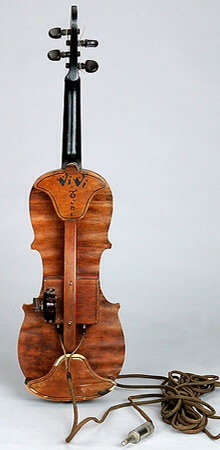
| ||
| elwoodblue
Senior Member Username: elwoodblue Post Number: 1863 Registered: 6-2002 |
I found this in the surf, http://www.digitalviolin.com/Fender.html I like Leo's headstock design- 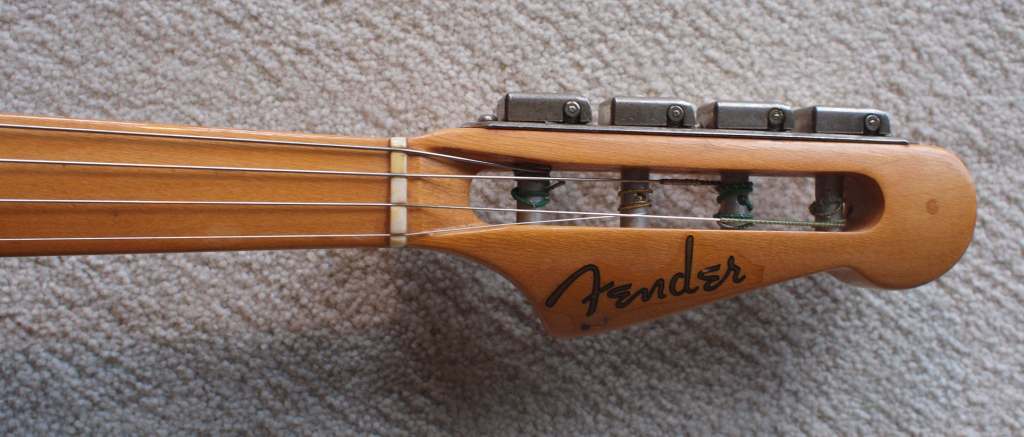 | ||
| sonicus
Senior Member Username: sonicus Post Number: 4835 Registered: 5-2009 |
Way Kool! |